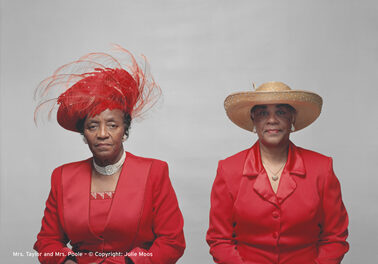Greensboro Symphony Orchestra Music Director Dmitry Sitkovetsky introduced Friday Night’s Chamber concert by explaining that the performers were all part of his “music family.” One could have gone a step further, noting that the featured soprano, Susan Roberts, was also Sitkovetsky’s wife.
Sitkovetsky was joined by pianist Konstantin Lifschitz for a sterling performance of Mozart’s Sonata in G Major, K. 301. The two musicians are in the final stages of recording a 4-CD set of Mozart’s mature works for violin and piano, so it should have been no surprise that this performance was flawless.
The two movements that make up the work were written while the 22-year-old Mozart was touring in Paris and Mannheim. Both movements are primarily bright and cheery, with a few dark clouds in the minor section of the second movement. The duo’s performance was sparkling and elegant, like a diamond. The melodic material is shared more or less equally between the two instruments, and each performer matched the other’s subtle nuances.
Susan Roberts and Lifschitz performed Mussorgsky’s Nursery Songs. Mussorgsky is a curious composer, self-taught, and lying outside of the European canon somewhat. The musical setting of the texts (also written by the composer) is devoted to capturing the essence and meaning of the words. Thus, one should not expect lyric lines, or music that flows in stanza form, but rather a dramatic foray into what a child loves and fears.
Roberts captured the theatrical nature of the music perfectly, with an animated style that helped the listener understand the texts, which were sung in Russian. She displayed an amazing number of colors and timbres, occasionally approaching speech, but all in the service of the poetry. Lifschitz certainly had his hands full. This is not pianistic music, but orchestral, with short bursts of virtuosic material and sudden silences.
If the Mozart sonata represents clarity, balance and poise, the final piece on the program, César Franck’s Sonata in A for violin and piano, provided a perfect foil. This four-movement work contains both intimate beauty and frenzied passion. It is one of the composer’s most loved works, representing man’s journey through life, and this performance was one of the most heart-felt I have heard.
The first movement, depicting youth, was taken at a really slow tempo. This languid approach allowed for wonderful rhythmic flexibility, which both pianist and violinist explored with great expressiveness. The slow tempo of the opening movement also threw into relief the fire and drive of the second movement “Allegro,” which represents young adulthood. The “Recitativo Fantasia,” reflecting old age, was an introspective musing between the piano and violin. The final “Allegretto poco mosso” provides a look back on a life well lived. The music contains both tranquil and impassioned moments, concluding with ecstatic joy.
One runs out of superlatives to describe the musicianship of Sitkovetsky and Lifschitz. The violinist’s ability to provide an astounding array of timbres certainly is at the core of his musical personality, from laser-like intensity to warm and richly romantic sound, all beautifully in tune. He radiates confidence. And Lifschitz seems to have no technical weakness, taking on fiendish arpeggios and elegant scales equally and providing the color of an entire orchestra.
These chamber recitals of the GSO have become a venue for some of the best music Greensboro (one might even argue the entire southeast) has to offer. And Friday night’s concert proved the point.













